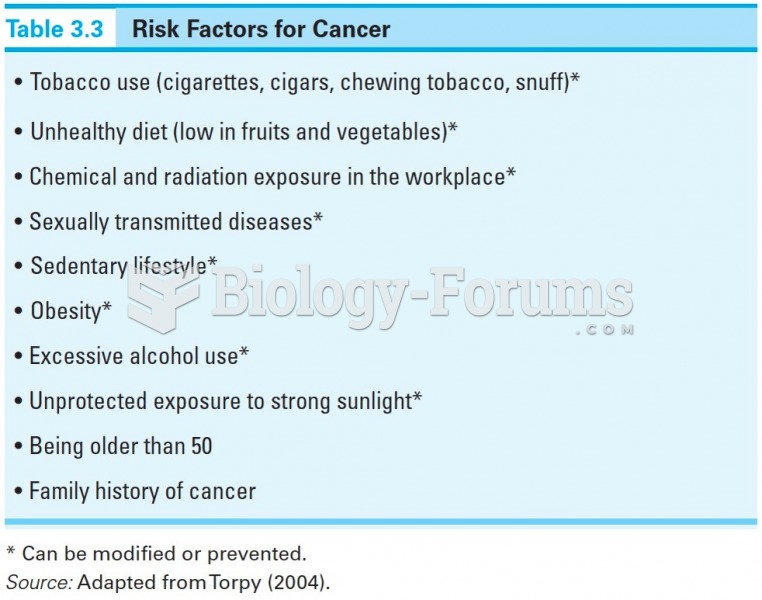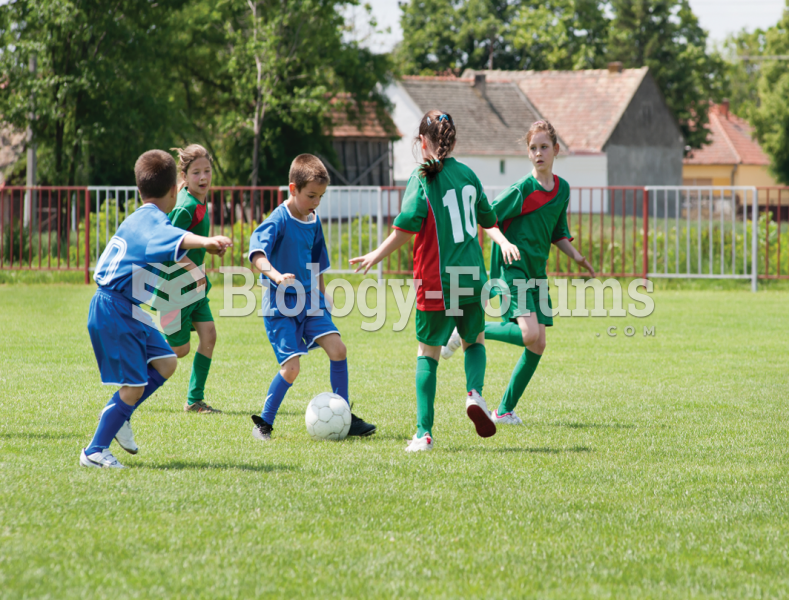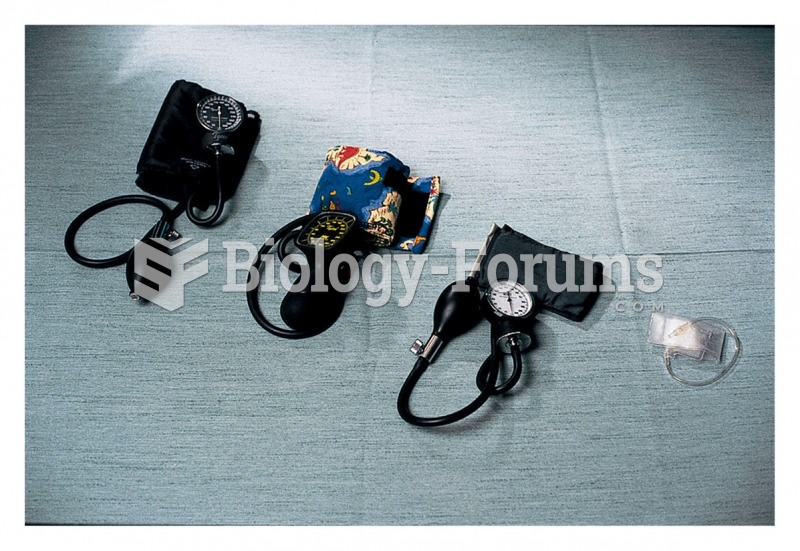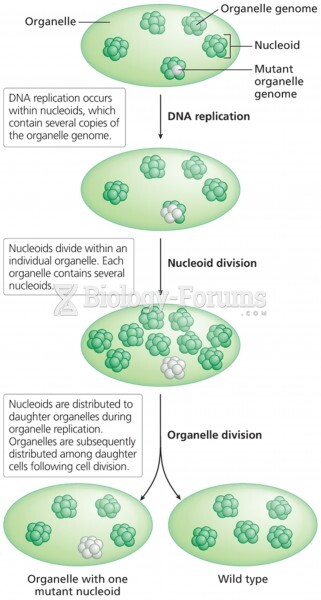Answer to Question 1
Research has identified an array of early risk factors that may suggest future delinquency.
For young children, some of the most important risk factors include low intelligence and attainment, impulsiveness, poor parental supervision, parental conflict, and living in crime-ridden and deprived neighborhoods.
A number of early childhood programs have been shown to be effective in tackling these risk factors and preventing delinquency and later criminal offending, including preschool intellectual enrichment, child skills training, parent management training, and parent education programs such as home visiting.
Some of these programs can pay back program costs and produce substantial monetary benefits for the government and taxpayers. There are a number of evidence-based and promising federal early childhood programs.
Head Start provides children in poverty with, among other things, an enriched educational environment to develop learning and cognitive skills to be better prepared for the early school years.
One study found that children who attended Head Start at ages 3 to 5 were significantly less likely to report being arrested or referred to court for a crime by ages 18 to 30 compared to their siblings who did not attend the program.
Smart Start is designed to make certain children are healthy before starting school. State-funded home-visiting programs like those in Hawaii and Colorado are especially concerned with reducing child abuse and neglect and bettering the lives of at-risk families and their children.
Student views will vary.
Answer to Question 2
Efforts to ensure that juveniles are given appropriate treatment are consistent with the doctrine of parens patriae that predominated in the first half of the twentieth century.
Over the past century, the juvenile court struggled to provide treatment for juvenile offenders while guaranteeing them constitutional due process.
But the system has been so overwhelmed by the increase in violent juvenile crime and family breakdown that some judges and politicians have suggested abolishing the juvenile system.
Even those experts who want to retain an independent juvenile court have called for its restructuring.
Crime control advocates want to reduce the court's jurisdiction over juveniles charged with serious crimes and liberalize the prosecutor's ability to try them in adult courts.
In contrast, child advocates suggest that the court scale back its judicial role and transfer its functions to community groups and social service agencies.
Student views will vary.







